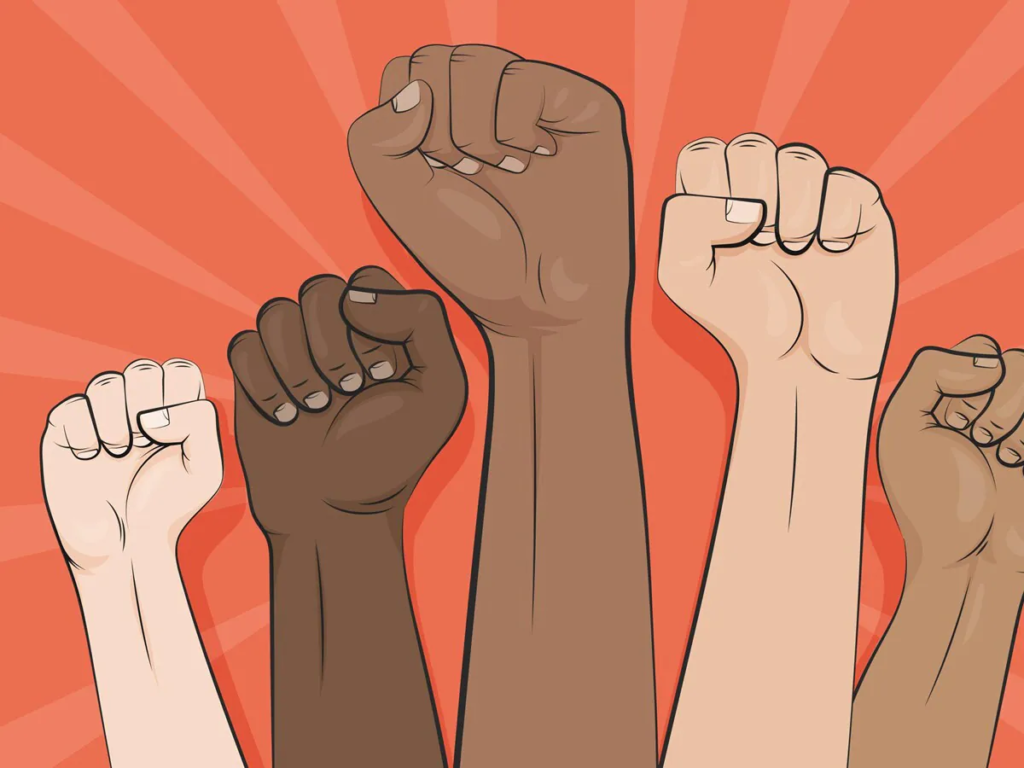
Because minds once opened, cannot be caged.
Table of Contents
- Introduction
- Understanding Discrimination
- Education: The Silent Revolution
- Breaking Stereotypes in the Classroom
- The Power of Inclusive Curriculum
- Role of Teachers as Change-Makers
- Real-World Examples
- The Road Ahead
- Conclusion
1. Introduction
Discrimination is not born—it’s taught. Whether it’s by race, gender, caste, religion, or economic status, discrimination feeds on ignorance and fear. But education? It does the exact opposite. It liberates. It enlightens. It empowers.
2. Understanding Discrimination
Discrimination shows up in subtle forms—a missed promotion, a judgmental stare, an unspoken bias—and in more visible ways like hate crimes, gender inequality, and systemic racism. To fight it, we must first understand it. And this understanding begins with awareness—a seed planted only through education.
3. Education: The Silent Revolution
Education is more than textbooks and grades. It’s a silent revolution that reshapes perspectives, challenges social norms, and rewires deep-rooted biases. When a child learns about equality, justice, and empathy in school, those lessons last a lifetime.
4. Breaking Stereotypes in the Classroom
Every classroom is a battlefield against stereotypes. When students of different backgrounds learn side by side, they break walls of prejudice and build bridges of understanding. A girl learning science, a boy learning dance—education crushes “shoulds” and “should nots.”
5. The Power of Inclusive Curriculum
An inclusive curriculum doesn’t just teach history—it questions who wrote it. It includes the voices of the marginalized, celebrates diversity, and promotes critical thinking. It helps students unlearn old biases and embrace a more balanced worldview.
6. Role of Teachers as Change-Makers
Teachers are more than educators—they are mirrors and molders of society. A teacher who encourages open discussion, who respects every student equally, becomes a powerful agent of change. One inspiring lesson can do more than a hundred laws.
7. Real-World Examples
- Finland revamped its education system to focus on equality, and now ranks among the most inclusive nations.
- Indian NGOs like Pratham and Teach For India bring education to underprivileged children, narrowing social divides.
- Malala Yousafzai’s story reminds us how access to education can be a bold stand against discrimination.
8. The Road Ahead
Policies matter, but mindsets matter more. The future depends on how well we educate not just children, but communities. From teacher training to curriculum reform, from inclusive classrooms to awareness campaigns—every step counts.
9. Conclusion
Education is not a magic wand, but it’s the sharpest tool we have to carve a just society. Discrimination ends not when laws are passed, but when minds are changed—and education holds the key to that transformation.

